-

The Masseria Altemura estate Nestled in the heart of Puglia, in the south of Italy, Masseria Altemura lies halfway between […]
-
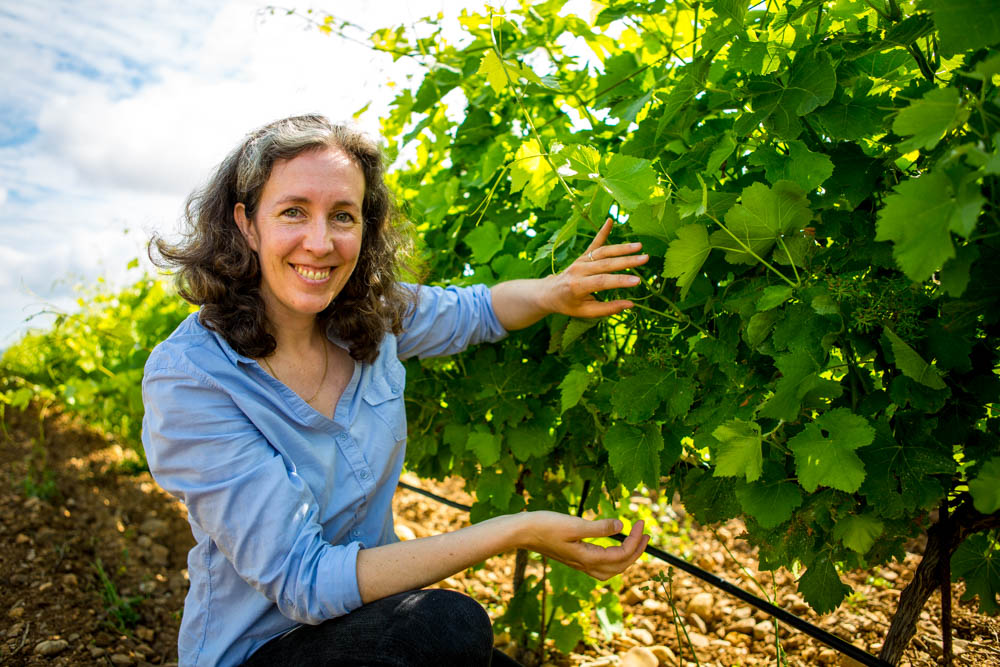
As climate change intensifies and water restrictions tighten, irrigation has become a crucial issue for winegrowers. The Roussillon region is […]
-
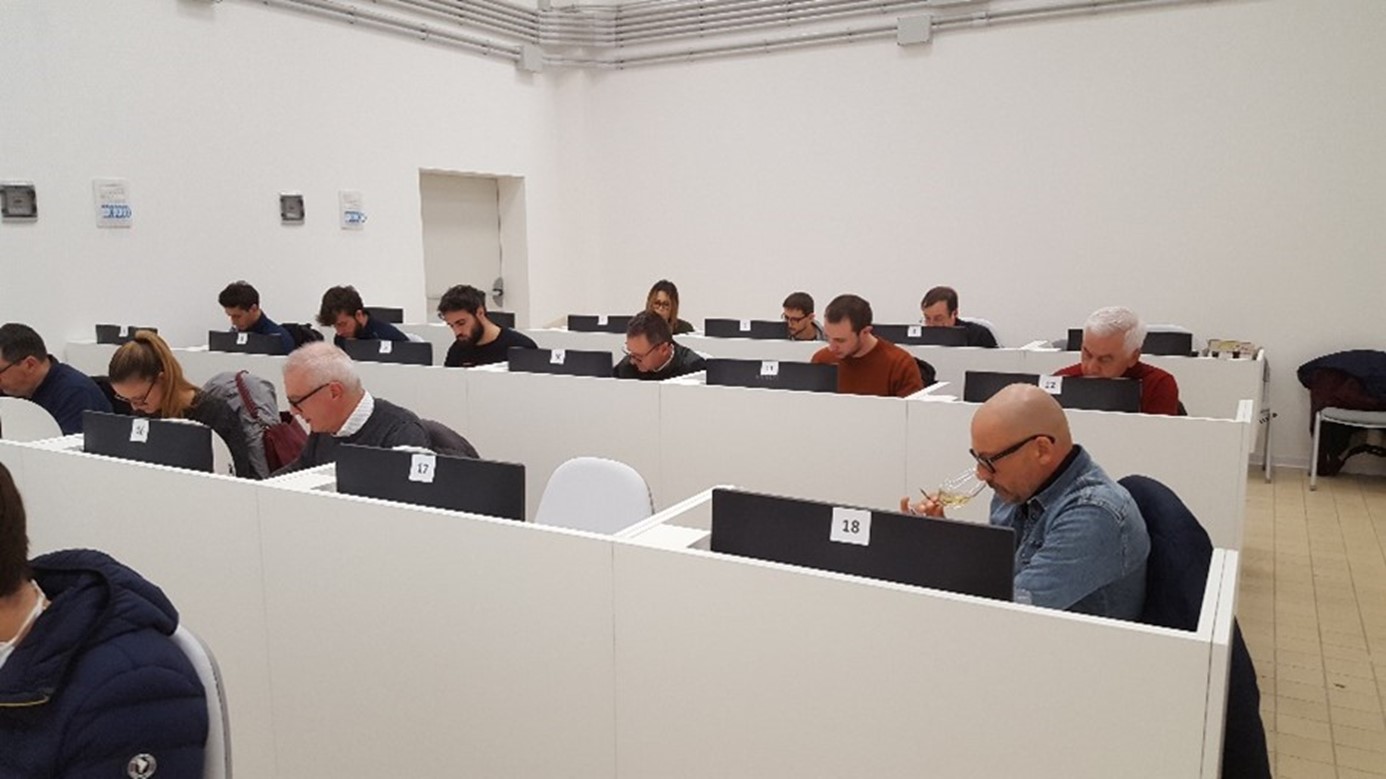
Vineyard irrigation is a necessary part of vineyard management in dry wine growing regions where winegrowers completely or partly rely […]
-
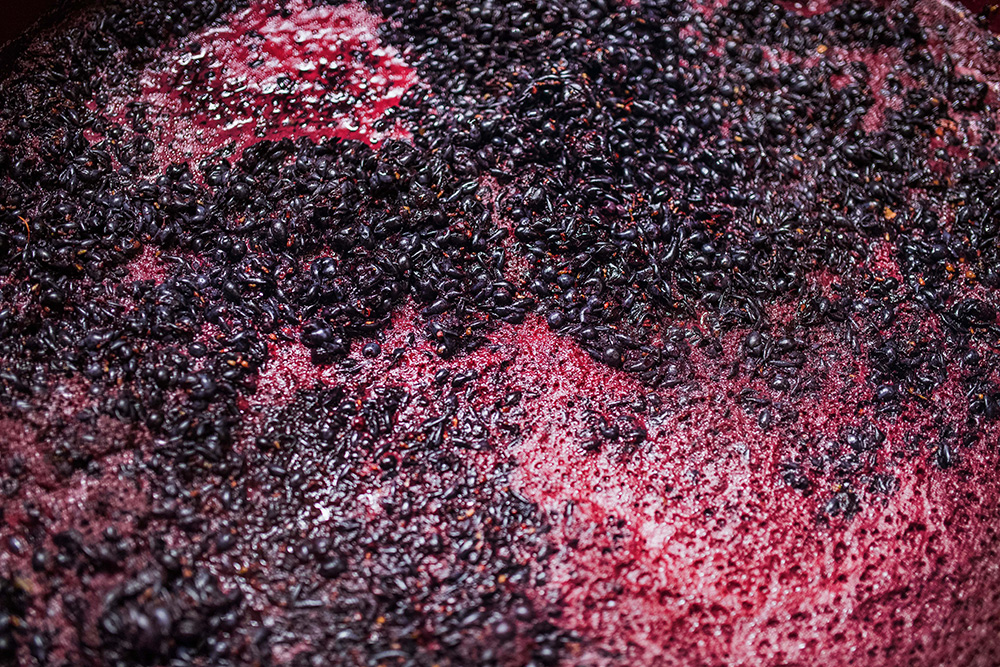
Wine quality depends on the effective management of alcoholic fermentation, which is a key process carried out by the yeast […]
-
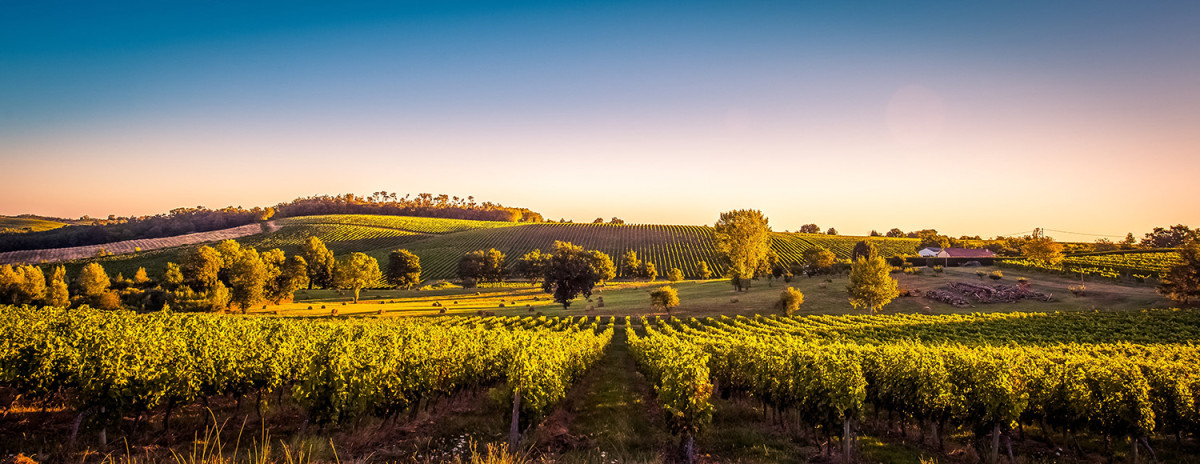
Summer brings new challenges for vineyards with the appearance of various pathogens. While mildew is a concern in spring due to frequent rainfall, summer sees the prevalence of other harmful diseases that can impact grape quality.
-
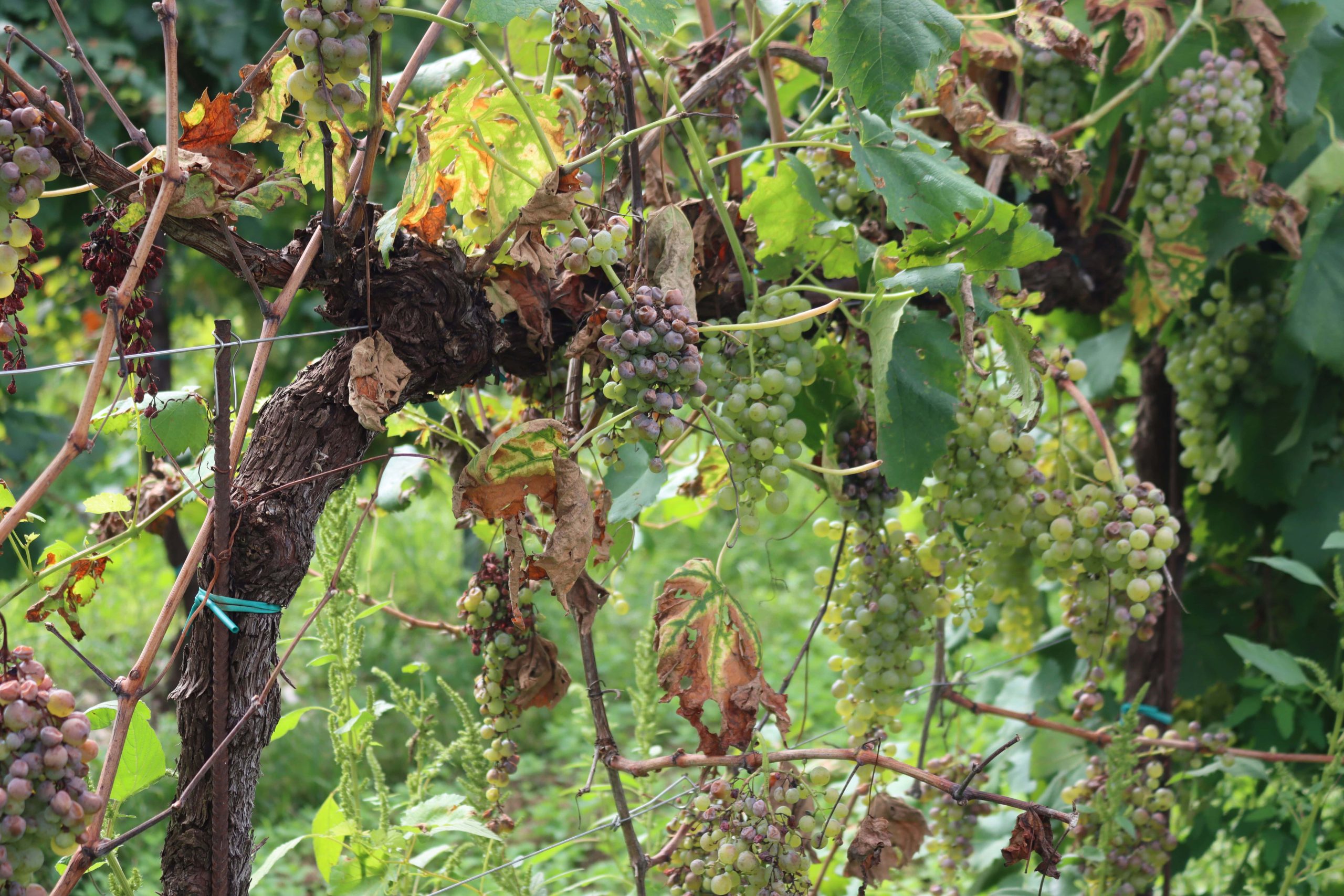
This year 2024, French vineyards are experiencing an unprecedented level of powdery mildew pressure. Vines were hit by early contaminations […]

